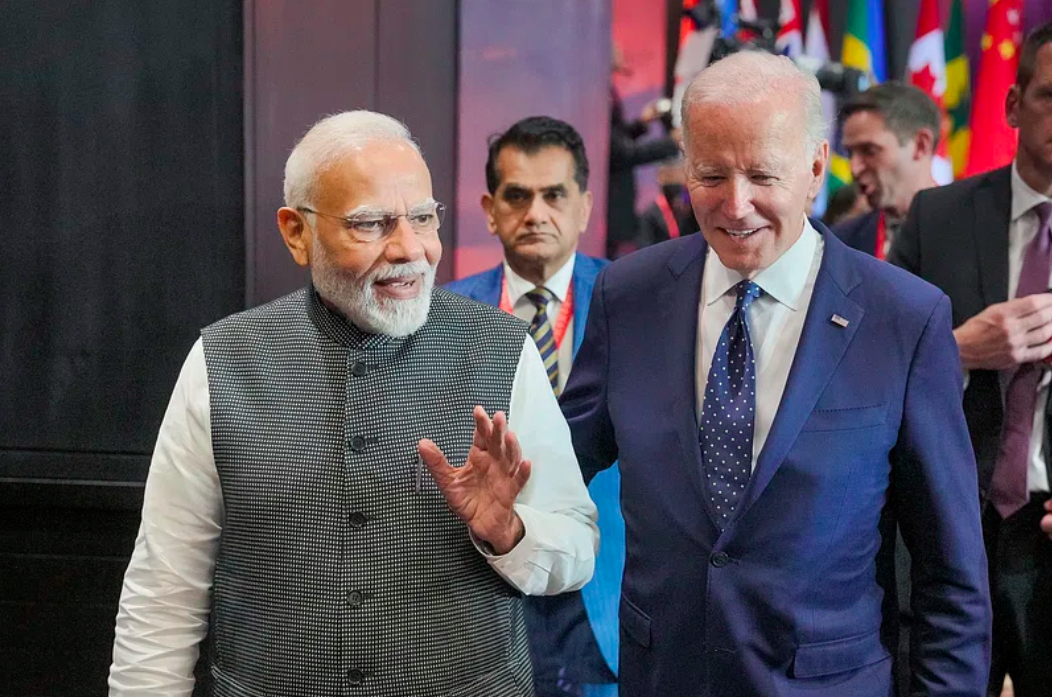What is India doing with the dollar?

What does the agreement between India and the United Arab Emirates hide? The analysis by Mario Lettieri, former undersecretary of the Economy, and Paolo Raimondi, economist
The slow process of de-dollarization of world trade continues and goes far beyond the work of Brics. The last step was the decision by India and the United Arab Emirates (UAE) to settle bilateral trade in local currencies.
Indian Oil Corp, the country's main crude refiner, purchased 1 million barrels of oil from Abu Dhabi National Oil Company and made payment in rupees and not US dollars.
In 2022, trade between India and the United Arab Emirates amounted to approximately $84 billion, an increase of 68% compared to the year before.
Previously the two countries had signed a Memorandum of Understanding which includes a provision to regulate bilateral trade in local currencies. The move aims to reduce dependence on the dollar, cut transaction costs and encourage real-time payments for cross-border trade.
This is an important fact in global energy markets and international finance because even today about 80 percent of oil sales are made in dollars. According to the Basel Bank for International Settlements, the dollar accounts for about 90% of global foreign exchange transactions, even though the US accounts for only 25% of global production.
However, the dollar share in the foreign exchange reserves of various central banks has fallen from 72% in 2000 to 59% today. Therefore the frequent use of the dollar as a "weapon" risks backfiring. According to Indian experts, American sanctions have been largely ineffective in changing the behavior of the governments of North Korea, Iran and Russia. However, they inflicted considerable economic damage.
This is not the first time that New Delhi has purchased oil with a currency other than the dollar. In March, India, the world's third-largest oil importer, bought Russian energy in currencies other than the dollar, including the United Arab Emirates dirham and the Russian ruble.
In this regard, since Russia has a very favorable trade balance with India, counterparties are exploring possibilities to convert the rupees accumulated by Moscow into other currencies. Last year, the Reserve Bank of India (RBI) proposed a model for drawing up trade agreements involving the use of local currencies to support exports in sluggish international trade.
The RBI says the use of national currencies can improve bilateral trade relations and allow countries to allocate excess balances to local assets, be they government bonds or corporate bonds. In 2023, financial institutions in 18 countries, including Bangladesh, Israel, New Zealand, Russia and the United Kingdom, were authorized by the Reserve Bank to open special accounts to settle rupee payments. According to the RBI, this would favor the internationalization of the rupee, also thanks to the fact that India has made considerable progress in terms of convertibility of the capital account, integration of the global value chain, also with the creation of a financial hub, the Gujarat International Finance Tech (GIFT) City.
“It, therefore, seems clear that while the dollar's dominance remains unchallenged for now, it has started to slowly erode and in the future the economic order will have to evolve to look beyond the US currency,” the RBI said.
The central bank's report came as Prime Minister Narendra Modi is on a campaign to tout the benefits of the rupee's internationalisation, which would also involve its digitalisation. His government has launched the Foreign Trade Policy (FTP), the new foreign trade policy for 2023, with the aim of positioning itself as a reliable partner and facilitating and increasing its international trade. To convert the rupee into an acceptable global currency for trade transactions, India needs to achieve a trade surplus or at least a current account surplus.
While the global de-dollarization initiative has gained traction in the last couple of years, Indian experts agree that it will take some time for the dollar to be dethroned and also for the Indian currency to be fully accepted as a medium of exchange in the global market .
Meanwhile, New Delhi is considering revitalizing and expanding the Asian Clearing Union (ACU), launched in 1975 jointly by Nepal, India, Sri Lanka and other Asian countries to promote and settle cross-border transactions through local currencies.
This is a machine translation from Italian language of a post published on Start Magazine at the URL https://www.startmag.it/economia/che-cosa-combina-india-col-dollaro/ on Sat, 16 Sep 2023 05:14:46 +0000.
